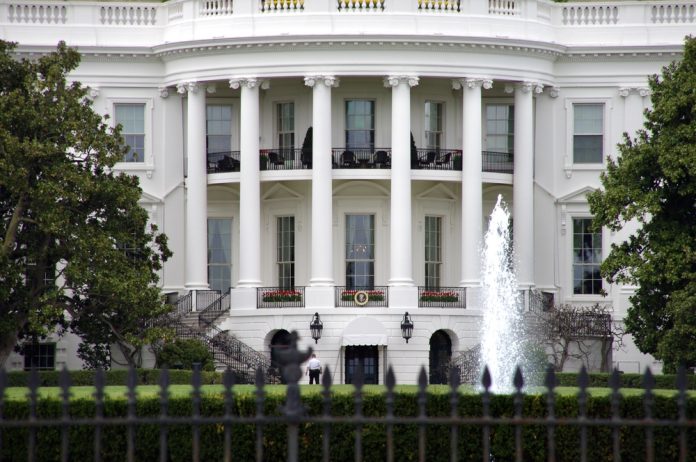
Is the White House on the cusp of a gilded age once more? “Who would gold-leaf it?” President Trump teased his Cabinet, pointing to lavish ceiling moldings, as if asking a 21st-century Versailles to move onto Pennsylvania Avenue. But behind the bravado and gold, his sweeping visions for the executive mansion need closer scrutiny of the science, engineering, and historical precedent that define America’s most iconic home.
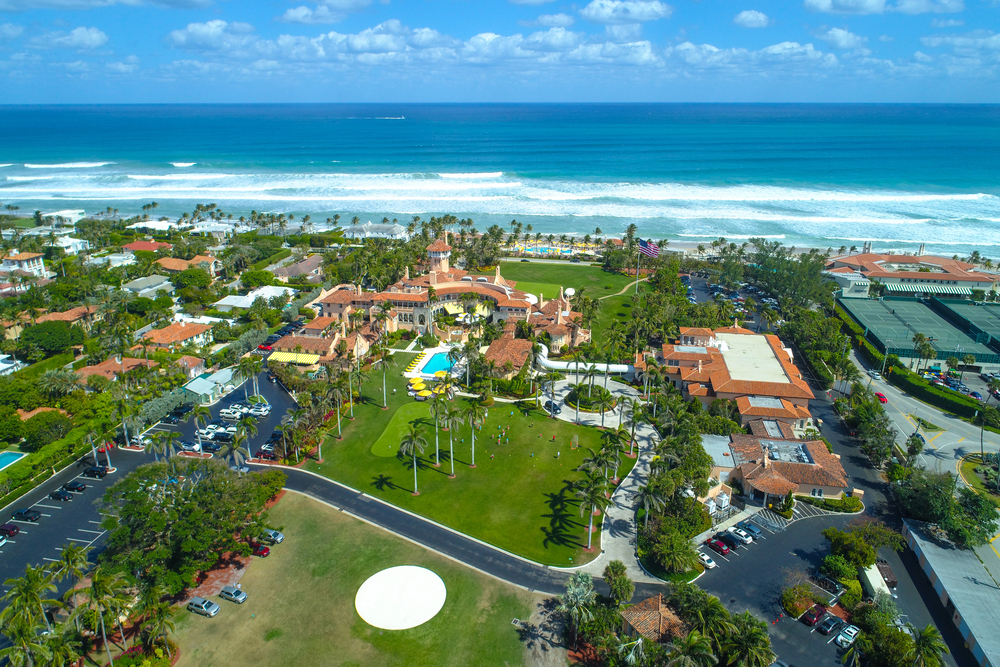
1. Mar-a-Lago in Washington: Trump’s Signature Touches
Trump’s own stamp on the White House is impossible to miss. The Oval Office sparkles with gold trimmings obtained from a Florida artisan, and small gold cherubs look down from above doorways imports from Mar-a-Lago. The Rose Garden, a former expanse of grass, has been paved over with Trump Palm Beach patio-esque stone, complete with presidential crests inlaid in pavers and drainage grates designed like American flags.
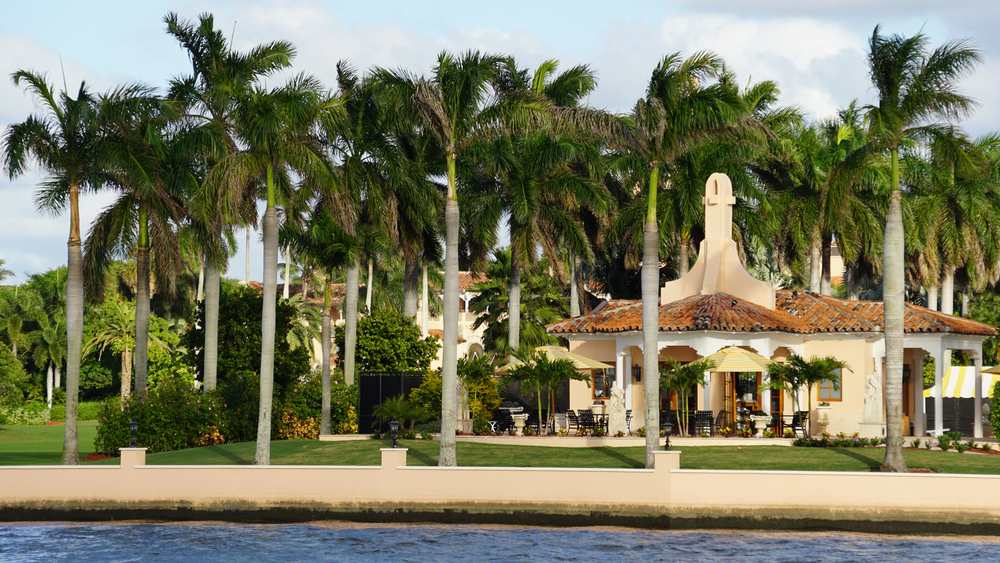
Even the massive new flagpoles, their galvanized steel and tapered shape decreed by Trump himself, are designed to weather Washington’s infamous winds, their stars-and-stripes clearly visible to airline passengers miles in the distance. These aspects, while cosmetic, are supported by deliberate engineering and material choice to provide durability and weather resistance.
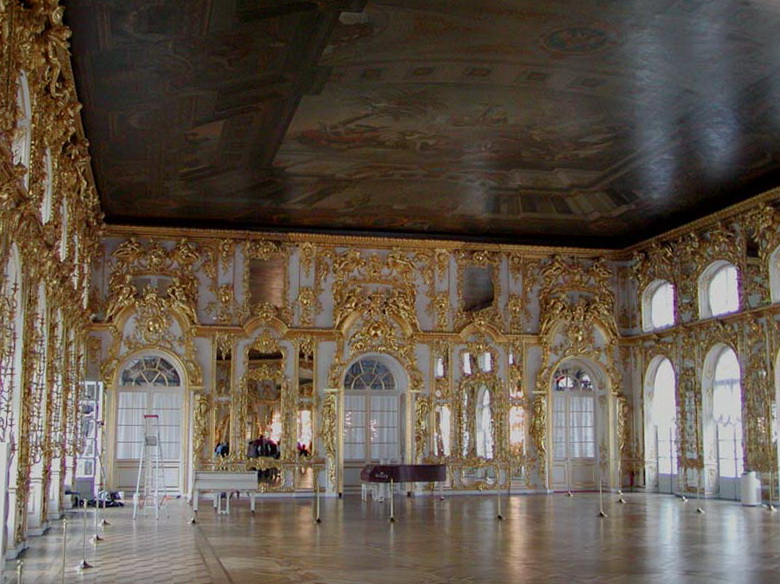
2. The $200 Million Ballroom: Engineering a Presidential Legacy
The heart of Trump’s vision is a 90,000-square-foot ballroom the first substantial White House enlargement in decades, paid for by private funds at an estimated $200 million. The drawings show a spacious hall reminiscent of Mar-a-Lago’s Louis XIV-inspired style: gold and crystal chandeliers, gold Corinthian columns, a coffered ceiling with gold leaf inserts, and a checkered marble floor. The ballroom will accommodate 650 attendees, more than three times the size of the existing East Room, removing the necessity for temporary tents that Trump dismissed as “unsightly.” Per press secretary Karoline Leavitt, “President Trump has spoken to his dedication to addressing this issue on behalf of future administrations and the American people” by making a permanent, dignified event space.
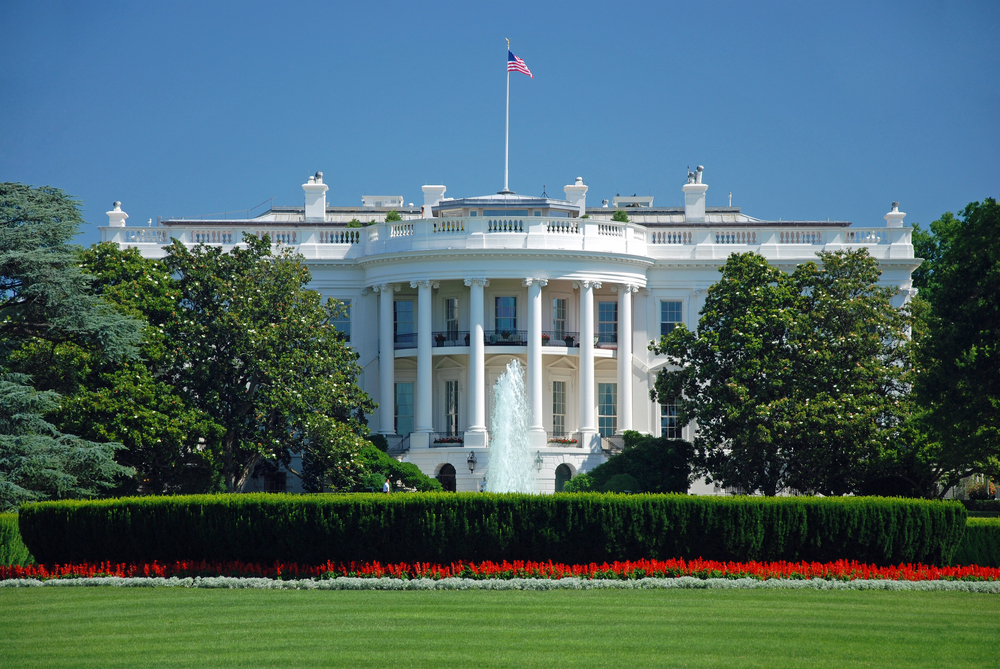
3. Structural Challenges: Building on History
Growing a monument such as the White House is a daunting engineering task. The East Wing that the ballroom will replace has undergone many overhauls, but merging in a huge new building involves accurate load calculations, seismic, and meticulous foundation work to prevent disturbing the old core. The Truman Reconstruction of the late 1940s, in response to fears of collapse, established a precedent for such actions: “Engineers were horrified at the condition of the White House,” the building considered “in imminent danger of collapse” after a hundred years of ad hoc alterations. Expansion today must reconcile modern safety codes with the need to retain the mansion’s neoclassical facade.

4. Gilded Surfaces: Conservation Science and Craft
Trump’s fondness for gold leaf highlights centuries of conservation science. Genuine gold leaf, as used in architectural gilding, is a thin slice of pure gold glued over a readied substrate. Gilding with oil-based techniques, the probable method for the columns and moldings of the ballroom, is valued for its strength and resistance to weathering essential for both interior and exterior uses where longevity is essential. “Gilding involves patience and attention to detail along with skill in old world methods. When it’s done right, the results are simply breathtaking,” says a master gilder. The art involves a dust-free setting, careful surface preparation, and a delicate “tack” to the adhesive too wet, the gold goes dull; too dry, adhesion will not work. These facts are not ornamentation but a testament to the meeting of engineering and art.
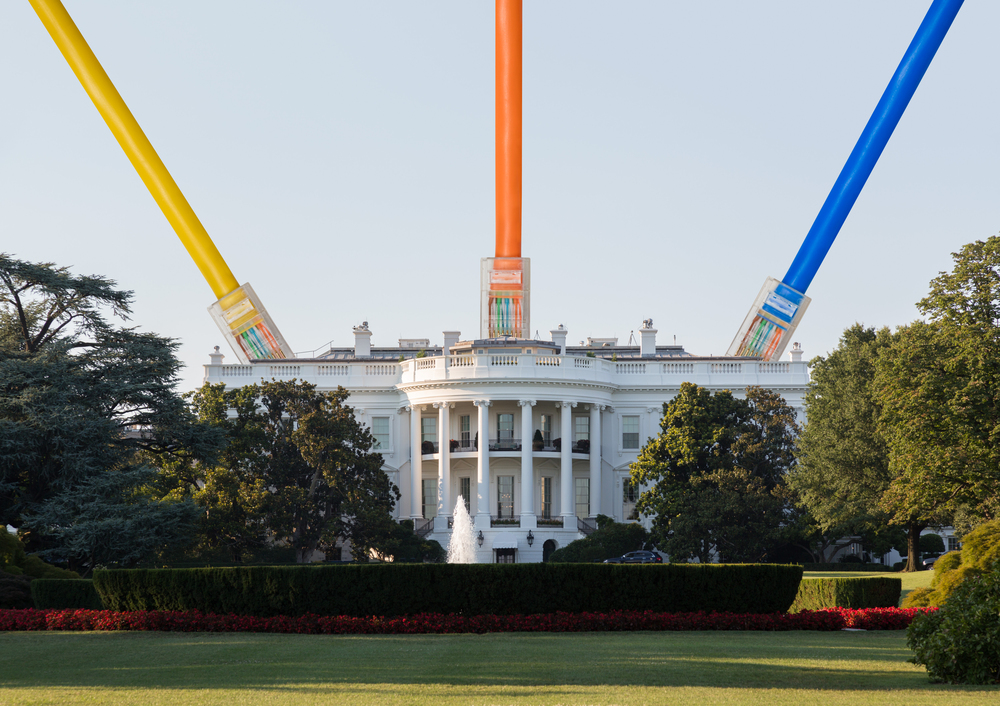
5. Safety and Modernization: Incorporating 21st-Century Technology
Any expansion of the White House must also meet the challenges of contemporary security. Incorporating state-of-the-art surveillance, blast-proof materials, and secure communications systems into a neoclassical envelope is an engineering challenge. The Secret Service, National Park Service, and White House Military Office have all participated in planning sessions, ensuring that the new ballroom’s windows, doors, and even grounds are designed for both beauty and security. The challenge is incorporating these systems invisibly, maintaining the building’s historic look while accommodating the needs of a high-security setting.
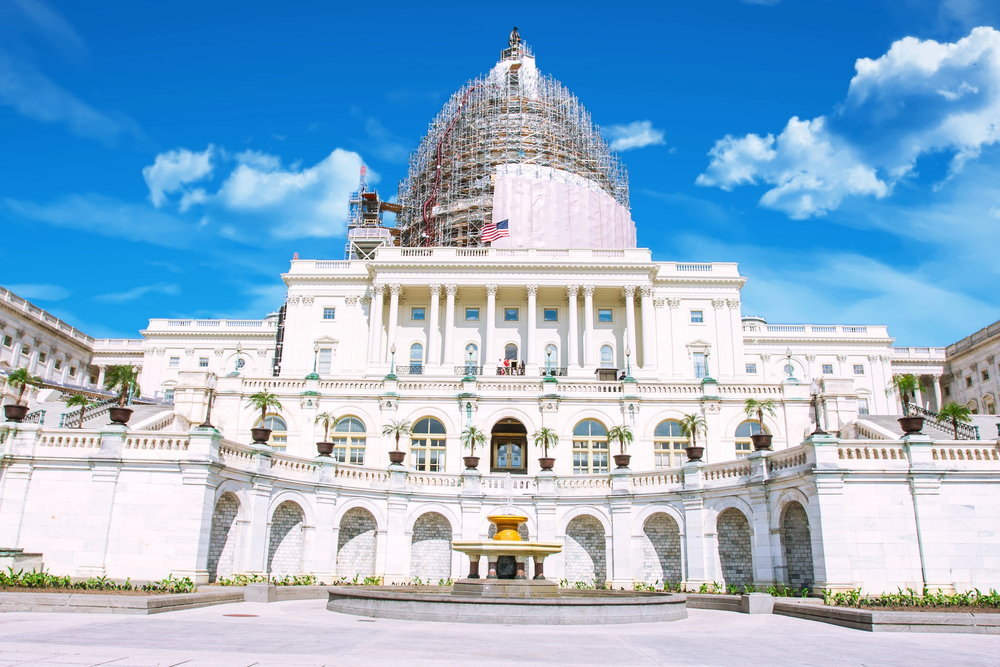
6. Preservation vs. Personalization: Lessons from History
Presidential alterations to the White House have been contentious for centuries. From Jefferson’s colonnades to Truman’s balcony, every alteration has been questioned on cost, beauty, and historic integrity. “The White House has been shaped by the visions and priorities of its occupants, from Jefferson’s colonnades to Truman’s monumental gutting,” wrote Stewart McLaurin, president of the White House Historical Foundation. “Every alteration…has been controversial, echoing conflicts between preservation and modernization, beauty and function, and openness and security.” Some, such as Chester Arthur’s Tiffany glass, were subsequently eliminated; others, such as the Truman Balcony, were much-loved additions after controversy.
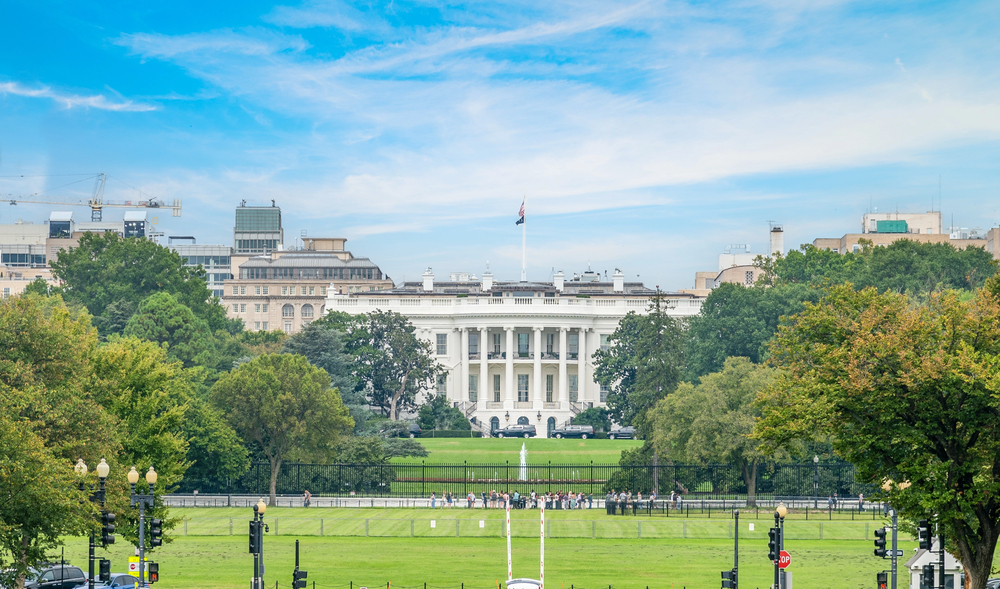
7. The Politics of Legacy: Will Trump’s Changes Last?
For Trump, the ballroom and other renovations are intended to cement his place among the likes of Jefferson and Truman. “It’ll be a tremendous legacy project, and I believe it’ll be special,” he asserted. But as historian Tim Naftali points out, “Some [presidential renovations] are enduring and accepted by the American people. And some just fade away.” The duration of Trump’s changes might have less to do with gold and marble than with changing values on the part of future generations and with engineers and conservators who have the job of their maintenance.
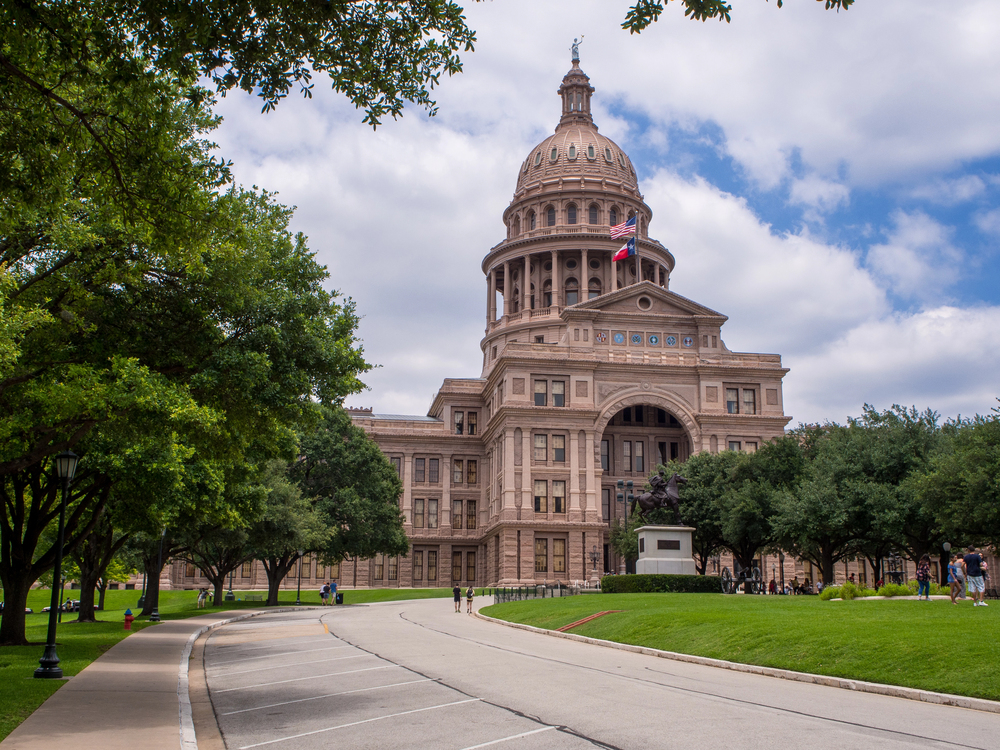
As the initial building teams ready to break ground in this September, the White House again faces the intersection of tradition and change. The result will not only demonstrate one president’s vision, but the continued conversation between history, engineering, and the ever-changing definition of American identity.
